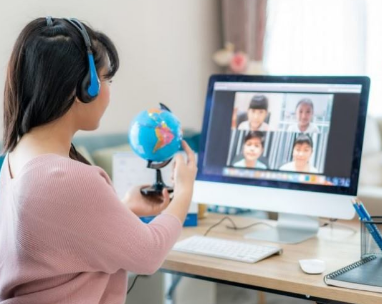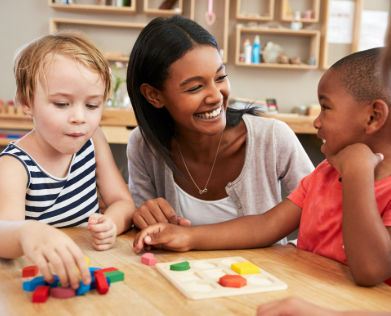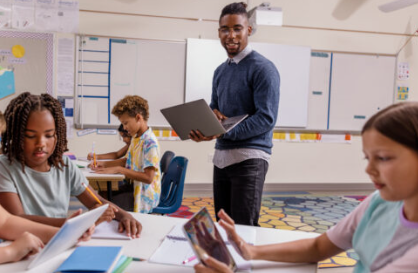In today’s classrooms, keeping students engaged can be a challenge. Fortunately, one powerful and positive strategy that educators are embracing is gamification. By applying game-like elements to learning environments, teachers can inspire students, encourage participation, and make learning more enjoyable.
What Is Gamification in Education?
Gamification involves using elements commonly found in games like points, levels, badges, and rewards—to motivate learners. Rather than replacing curriculum, it enhances traditional teaching by creating a fun, interactive experience that helps students stay focused and eager to learn.
How Gamification Benefits Students
-
Boosts Engagement
When students feel like they’re playing a game, they often become more involved. Leaderboards, classroom challenges, and friendly competitions help turn routine lessons into exciting activities. -
Encourages Consistent Effort
Progress tracking and achievements give students a sense of accomplishment. Earning points or unlocking levels provides clear goals, which can motivate even the most reluctant learners to keep trying. -
Supports Different Learning Styles
Gamification offers flexibility. Whether a student prefers visual, auditory, or hands-on learning, game elements can be tailored to suit their needs making it easier for everyone to succeed. -
Fosters a Growth Mindset
By emphasizing progress over perfection, gamified learning helps students view mistakes as opportunities to learn. This mindset encourages persistence and a positive attitude toward challenges.
Examples of Gamification in the Classroom
-
Digital Learning Platforms: Tools like Kahoot!, Quizizz, and Classcraft allow teachers to create interactive quizzes, missions, and story-based learning experiences.
-
Classroom Reward Systems: Students earn points for participation, teamwork, or completing assignments, which can be exchanged for small privileges or class incentives.
-
Learning Badges: Just like in video games, badges can be awarded for reaching specific milestones, such as mastering a math skill or completing a reading challenge.
Tips for Teachers
-
Start small. Try gamifying just one subject or lesson.
-
Involve students in the design let them help create challenges or rewards.
-
Focus on learning goals. Gamification should support, not overshadow, educational objectives.
Final Thoughts
Gamification isn’t just about playing games it’s about making learning meaningful and motivating. When used thoughtfully, it can transform the classroom into a dynamic space where students feel empowered and excited to learn. By creating positive experiences around education, gamification helps students build confidence and a lifelong love of learning.
Let me know if you’d like a version optimized for a blog, classroom newsletter, or educational website, or if






